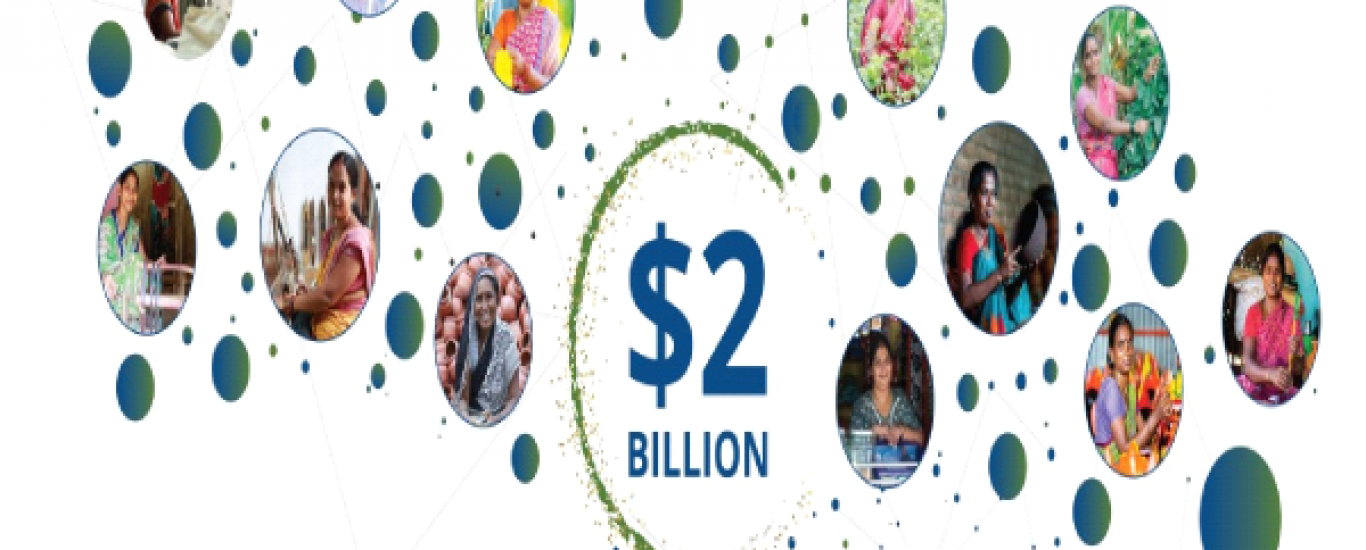February, 2022: The year 2007 was the flex point in CreditAccess Grameen (CA Grameen) humble journey towards women empowerment when it transitioned from an NGO to NBFC. The dynamics of the business tilted towards the commercial route to establish that inclusive finance could efficiently succeed with a market-based model. The credibility of serving borrowers responsibly was well established. With the passage of time, several impact investors were onboarded to derive strength in creating a meaningful impact across the hinterlands. However, the vision was always to remain sustainable and socially relevant.
The founder Ms. Vinatha Reddy and promoter CreditAccess India N.V. supported pertinaciously and held the same vision. While promoters transitioned from the founder, the shared vision was always a guiding philosophy of CA Grameen AKA Grameen Koota Financial Services. The patient capital provided by the promoter in a timely frequency was a key ingredient to channelise energy towards building an efficient microfinance model which could support millions of women customers and their families to aspire to a better future and move up the economic ladder.
Rural India posed a huge opportunity to unleash the unserved and underserved credit demand where the contribution to GDP stood at 45% but credit supply hovered at 10% levels. The institution under the supervision of Mr. Udaya Kumar Hebbar, MD & CEO decided to bet big on Bharat’s prospect and lay a roadmap for the direction of future growth.
The internal controls and understanding of the local credit culture through the ‘contiguous district’ based expansion in rural areas yielded rich results. The customer base and portfolio increased multi-fold from 83,000/INR 46 crore at the end of FY 2007 to 5.2 lakh/INR 810 crore at the end of FY 2014 and further to 37.5 lakh+/INR 15,260 crore at the end of January 2022 respectively aided by acquiring Madura Micro Finance Limited. CA Grameen disbursed over INR 54,000 crore in the last 15 years feeding into the investment multiplier and is one of the prominent sources of capital creation at the bottom of the pyramid.
While it took 13 years in the NBFC avatar to attain USD 1 Billion AUM (2019), the next one came within a span of 3 years. The operating model was designed in a manner that could understand the pulse of the rural economy. The institution decided to adopt the concept of product suitability incorporating life cycle needs, stable processes with multiple repayment options at the hands of the borrower. These were among the unique features in the microfinance industry across the world.
The robust model helped to keep a check on the indebtedness levels and maintain the highest portfolio quality as well as client retention of over 87%. This was also aided by the fact that the incentive structure for the loan officers (face of the institution) was uncorrelated to disbursement and collection, instead to process quality leading to minimizing risks.
“Microfinance is primarily a collection business.” – Udaya Kumar Hebbar
The combination of all factors helped successfully weather many odds ranging from demonetisation to multiple waves of Covid-pandemic and maintained a leadership position in the largest microfinance market of the world.
To further accelerate the mission of inclusive growth, the institution partnered with multiple organizations over years to provide health care, insurance, home improvement, clean water, and sanitation products to uplift the living standards of its customers. With the industry being at the cusp of positive transformation with revised regulations expected soon, the institution is geared to contribute to the next leap of growth.
CA Grameen team would like to extend sincere gratitude to its resilient customers who believed in us, employees who have been part of our family for the last 22 years, investors, and lenders for their unwavering patience and dedication.
Above and all, the splendid management team stood tall in their execution capabilities which helped the institution identify the right talent, build excellent operational controls, adopt best-in-class technology, negotiate funding at a lower cost, and effectively manage risks.












